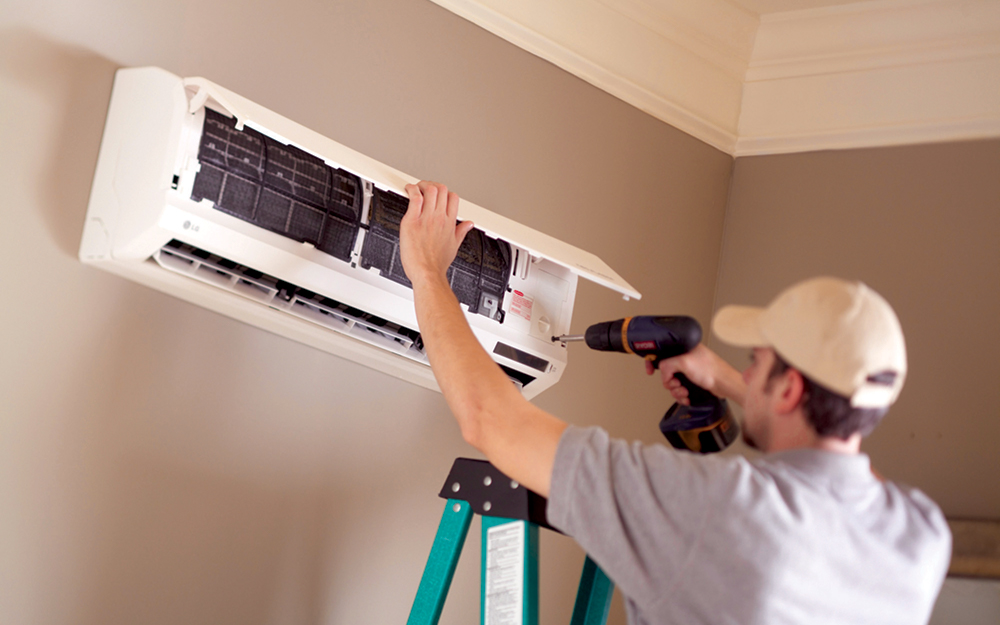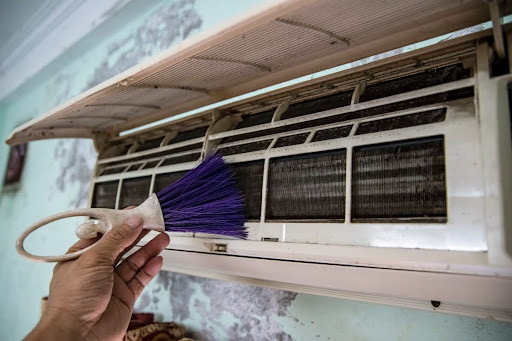The presence of mold in HVAC systems can be a persistent and troubling issue for both homeowners and business owners. Understanding seasonal causes and effective strategies for prevention and remediation are essential for maintaining a healthy indoor environment. In this article, we’ll delve into the various factors that contribute to mold growth in HVAC systems and provide actionable insights on how to address them.

What is Mold?
Mold is a type of fungus that thrives in damp, dark environments. It reproduces through tiny spores that travel through the air, landing on surfaces where they can grow if moisture is present. Mold can cause numerous health issues, including respiratory problems and allergic reactions, making it crucial to address its presence in HVAC systems.
Why Mold Grows in HVAC Systems
HVAC systems provide an ideal environment for mold growth due to their dark and moist conditions. Factors such as poor maintenance, inadequate ventilation, and high humidity levels can exacerbate the situation, leading to significant mold infestations.
Seasonal Causes of Mold in HVAC Systems
The growth of mold in HVAC systems can often be linked to seasonal changes. During different times of the year, varying environmental conditions can contribute to the proliferation of mold.
Spring
As temperatures rise and humidity levels increase, the spring season can create a conducive environment for mold growth in HVAC systems. Pollen and other organic materials may also enter the system, providing additional nutrients for mold.
Summer
High humidity and warm temperatures during the summer months can further promote mold growth. The frequent use of air conditioning can lead to condensation within the system, creating moist surfaces that encourage mold proliferation.
Fall
As temperatures start to drop, mold spores can thrive in the damp conditions created by falling leaves and rainfall. HVAC systems may draw in these spores, leading to potential infestations.
Winter
Although mold growth tends to slow down in colder months, it can still occur due to indoor humidity from heating systems and reduced ventilation. Mold may continue to grow in areas of the HVAC system that are warmer and more humid.
Identifying Mold in Your HVAC System
Recognizing the signs of mold in your HVAC system is crucial for timely intervention. Some indicators of mold presence include:
- Musty or unpleasant odors when the system is running (smelly vents).
- Visible mold growth on HVAC components.
- Increased allergy symptoms or respiratory issues among occupants.
Preventing Mold Growth
Taking proactive measures can help prevent mold growth in HVAC systems. Here are some effective strategies:
Regular Maintenance
Ensure that your HVAC system is regularly maintained by a professional. This includes cleaning and inspecting components such as coils, ducts, and drip pans to remove any moisture or debris that could foster mold growth.
Control Humidity Levels
Maintaining optimal humidity levels indoors is essential in preventing mold growth. Using dehumidifiers and ensuring proper ventilation can help keep humidity levels in check.
Use High-Quality Filters
Investing in high-quality air filters can trap mold spores and other airborne particles, preventing them from circulating through the HVAC system. Regularly replacing these filters is crucial for maintaining their effectiveness.
Remediation of Mold in HVAC Systems
If mold is already present in your HVAC system, prompt remediation is essential. Here are steps to address the issue:
Professional Cleaning
Hiring a professional HVAC cleaning service is recommended for thorough mold removal. They have the expertise and equipment necessary to effectively clean and sanitize the system.
Repair and Replace Components
In some cases, mold may cause damage to HVAC components. Repairing or replacing affected parts can prevent further mold growth and ensure the system operates efficiently.
Conclusion
Understanding the seasonal causes of mold in HVAC systems and implementing preventive measures can significantly reduce the risk of mold infestations. Regular maintenance, humidity control, and timely remediation are key to keeping your HVAC system mold-free and ensuring a healthy indoor environment. For further reading on air conditioner smells, you can explore this resource.

FAQs
How often should I have my HVAC system inspected for mold?
It is recommended to have your HVAC system inspected at least once a year by a professional to check for mold and other potential issues.
Can I clean mold from my HVAC system myself?
While minor mold issues might be handled by homeowners, it is advisable to hire professionals for thorough cleaning and remediation to ensure safety and effectiveness.
What is the best way to reduce indoor humidity levels?
Using dehumidifiers and ensuring proper ventilation are effective ways to maintain optimal indoor humidity levels, preventing mold growth in HVAC systems.
This article contains affiliate links. We may earn a commission at no extra cost to you.